According to the International Classification of Headache Disorders, there are up to 150 different types of headaches. Most headaches fall within one of four main categories: migraine, hypertension, stress and cluster headaches. Certain foods and drinks can trigger various types of headaches, or they can help ease headache pain. Learning the best foods and drinks to consume can potentially reduce the frequency and endurance of headaches.
Understanding Headaches
People experience different types of headaches, and headache causes and symptoms will vary from person to person. Headaches are primary (not caused by something else) or secondary (a symptom of an injury, medications, disease, sinusitis, caffeine withdrawal, etc.).
In the case of a primary or secondary headache, food and drinks can influence whether the headache occurs and/or headache severity and the length of time the headaches last. Most headaches do not last a long time and are manageable, like stress headaches or headaches due to overexertion or lack of sleep. Other ones, like migraines, can be debilitating for days or weeks.
Medical research has found that certain food and drinks are headache triggers. The tricky thing is knowing which specific ones are triggers for the individual. Bananas and corn may be triggers for one person, but dairy products and tomatoes are triggers for someone else.
Migraine Headaches
When asked what is a migraine headache, those who have never experienced one may be…
Who Gets Migraines?
While just about anyone can get a migraine, studies have shown that they happen much more frequently to young adults between 18 and 44. Women tend to be impacted more often than men. There is also a genetic component to who is most susceptible to migraines. Men and women with a family history of migraines are more likely to experience it.
What Can Trigger a Migraine Attack?
Those who suffer from reoccurring migraines often become familiar with their particular triggers. While not every migraine sufferer experiences the same triggers, some are more common than others. Migraines can occur during times of heightened stress or if a person experiences a change in sleep patterns. Spending hours in front of the computer or another blue light device can trigger a migraine too. Significant stress at work has also been shown to cause migraines.
Drinking too much caffeine or indulging in too much alcohol can also cause migraines. Recent studies have shown a correlation between red wine and migraines. A change in seasons or barometric pressure can also affect migraines, which is why many migraine sufferers tend to report more episodes during the spring and summer seasons.
What Foods Can Trigger Migraine?
Many people find that specific foods trigger their migraines. Knowing what triggers a migraine can be easier to prevent it from occurring in the first place. Foods that incorporate additives such as MSGs are often the culprit behind a migraine episode. Lower levels of MSGs are naturally found in tomatoes, cheese, corn, and sauerkraut.
Products containing yeast (such as bagels and sourdough bread) have also been known to trigger migraines. Lunch meats and hotdogs containing high levels of nitrates should be avoided by those who are susceptible to migraines. Condiments such as ketchup, mayonnaise, barbeque sauce, and even some salad dressings should be carefully checked for MSGs in the ingredient list. Soy sauce is also another major culprit. However, many soy sauce companies are creating MSG-free soy sauce alternatives.
Managing a Headache with Good Food Choices
The Cleveland Clinic notes that most information about food that triggers headaches was gathered from people self-reporting their experiences. There have been research studies conducted in the past, and many ongoing right now. The challenge for researchers is that each case is different. The first step is avoiding foods that are known to trigger headaches. Should a headache develop, there are foods that may spur a faster recovery period.
Knowing what to eat when your head hurts can help you make good choices. The most common foods and drinks that have been reported to help headaches include:
- Leafy greens
- Fresh fruits, especially brightly colored ones high in antioxidants
- Low sodium foods
- Almonds
- A small cup of coffee for a caffeine headache
Avoid consuming processed foods, aged cheeses, smoked or dried fish, cultured dairy products, high sodium foods like potato chips and foods high in carbohydrates and sugar. Sometimes, headache relief comes from knowing what not to eat.
Be Careful About Drinks, Too!
There are some drinks that have been linked to headaches.
- Dairy products
Milk has casein (the group of phosphoproteins) which makes up 78.7 percent of all milk protein. Casein can trigger milk migraine and other types of headaches in some people. Milk, drinks made with milk and buttermilk are reported to cause headaches. Just to show how complex headaches can be, some people drink whole milk to relieve headaches, including migraines, because the electrolytes and protein are beneficial.
- Alcohol
Mixed drinks, beer, wine and champagne have alcohol in them. Alcohol impacts brain chemicals and blood vessels in a way that may cause a pounding headache. Drinking alcohol and not drinking adequate water multiplies the effects.
Red and white wines have alcohol, tannins and sugar, creating a perfect mix for triggering headaches. Like other alcoholic drinks, champagne can also cause dehydration by suppressing the hormones that balance the body’s hydration, but the carbonation can make headaches even more painful. Carbon dioxide in carbonation competes with the oxygen in the bloodstream, causing a host of symptoms that include dizziness, nausea and headaches.
- Caffeinated drinks
Caffeine is in more drinks than many people realize. It is commonly known to be in coffee, tea and some soft drinks. However, it is also in chocolate, so hot cocoa is a potential headache trigger. If prone to migraines, a cup of hot chocolate made with milk should be avoided. Not generally known is that caffeine is also found in foods, like ice cream and breakfast cereals. Drink several cups of coffee while eating cereal for breakfast, and the caffeine dose is significant.

- Water
Water is good for headaches! Drink plenty of water to prevent dehydration, one of the top causes of headaches. In fact, drinking water is sometimes all it takes to relieve a headache.
Food and Drink Additives
Food and drinks today have many additives. There are flavorings to enhance the flavor of foods and preservatives (like nitrites) to extend shelf life and sugar substitutes to replace real sugar. The various chemicals, including artificial sweeteners like aspartame, can produce headaches.
Though monosodium glutamate (MSG) is not used as much as it once was, it is still found in products like soy sauce, packaged foods and meat tenderizers. Other additives triggering headaches include substances like phenylalanine and nitrites.
What Foods are Good for Headache Relief?
People ask how to cure migraines permanently. Unfortunately, and essentially because medical researchers have not yet pinpointed the specific cause of migraine headaches, there is no permanent cure. However, they have identified specific nutritional vitamins, minerals, and other elements that can bring headache relief from migraines and other types of headaches.
Though instant migraine relief is difficult to achieve, some foods can work rapidly, like ginger and nuts. Following are some foods that fight migraines, tension headaches, cluster headaches, caffeine headaches, and headaches in general.
1. Leafy greens
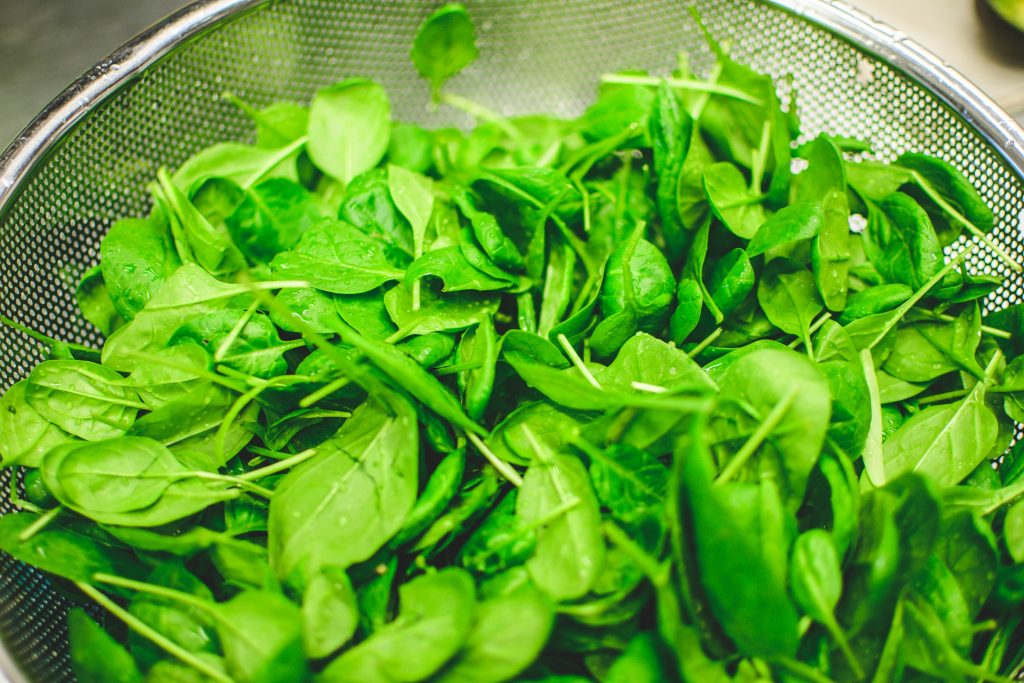
Leafy greens contain a variety of elements that contribute to headache relief. For example, research has shown taking magnesium can reduce migraine pain because many migraine sufferers have low magnesium levels (PMID: 9523054).
The Journal of Headache and Pain reported a study that found a combination of folic acid, B6, and B12 reduced migraine symptoms. The National Headache Foundation reported on a European study that found vitamin B2 could reduce migraine frequency.
Following are some of the leafy greens that contain all of these elements and a variety of other anti-inflammatory antioxidants.
- Kale
- Spinach
- Collard greens
- Turnip greens
- Broccoli
2. Nuts
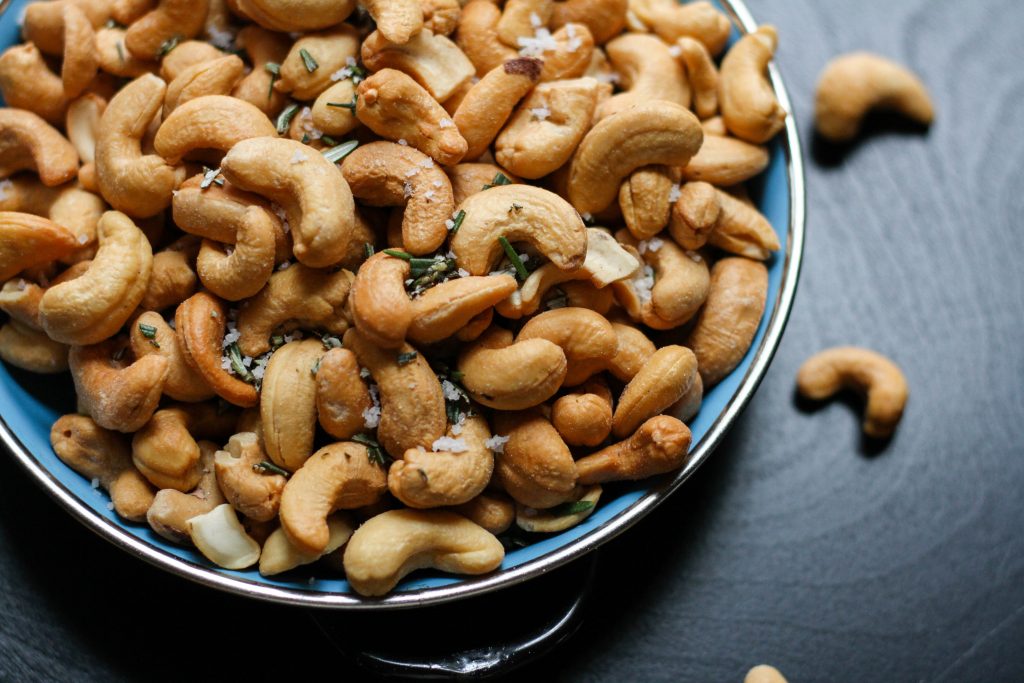
Nuts are rich in magnesium, which soothes headache pain by relaxing blood vessels. They also contain a significant amount of vitamin E that research has shown can help control migraines with aura and migraines triggered by hormonal fluctuations. (PMCID: PMC4359851) For some people experiencing a headache, immediate relief is found by eating a handful of almonds or other nuts.
- Almonds
- Walnuts
- Cashew nuts
- Brazil nuts
3. Fatty fish
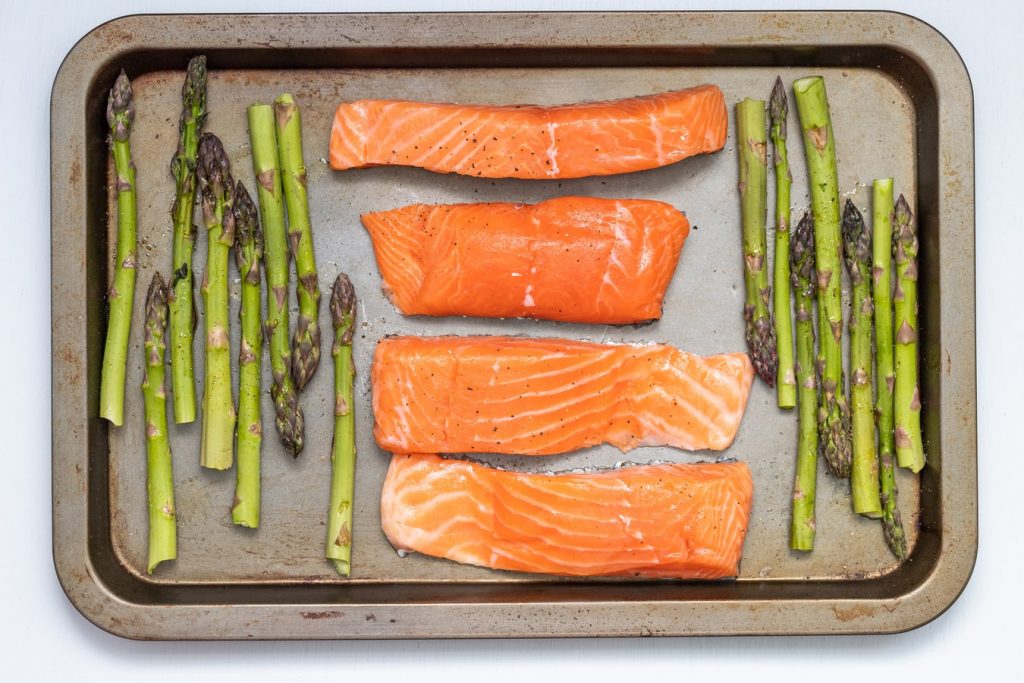
Fatty fish is rich in omega-3 fatty acids EPA and DHA, which are anti-inflammatory foods. They contain B vitamins, including riboflavin (B2), which has been shown to help manage migraine attacks. Research also found that salmon contains coenzyme Q10 and vitamin D, which combined provided migraine relief. (PMID: 28854909)
- Salmon
- Cod
- Mackerel
- Halibut
4. Fruits
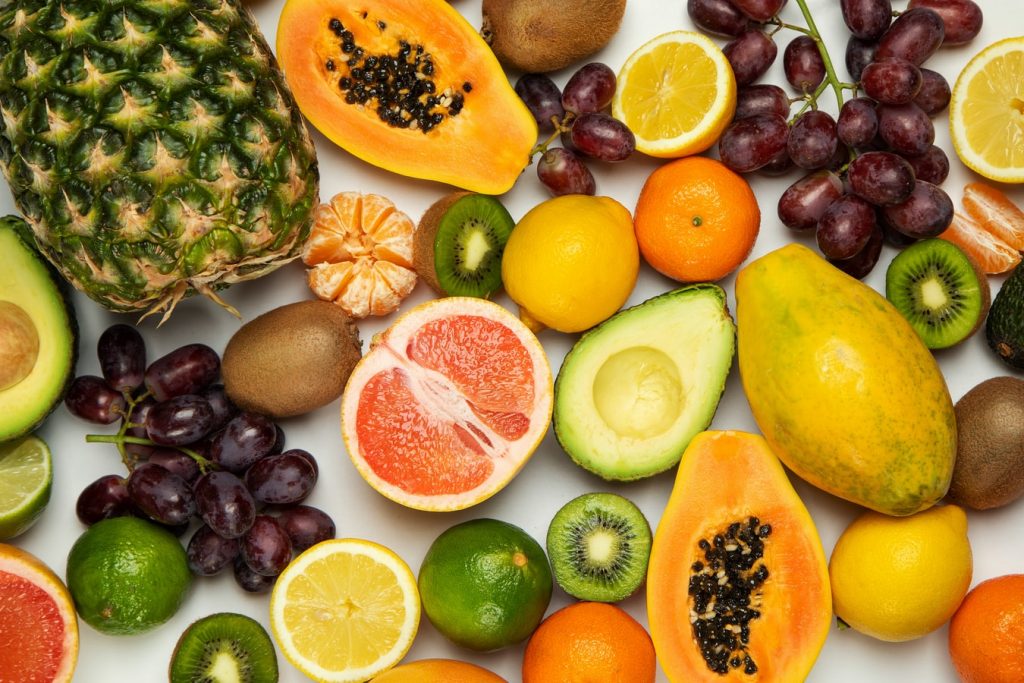
Some fruits are rich in magnesium and potassium. Research is continuing, but some studies suggest potassium may help alleviate migraine pain by contributing to healthier nerve functioning. Bananas are good for headaches because they deliver a dose of potassium, magnesium, B vitamins, and complex carbohydrates, all of which contribute to reducing headache pain. If a headache is due to dehydration, the fruits containing high water content can combat headache pain.
- Apricots
- Avocados
- Bananas
- Figs
- Raspberries
- Melon
- Cantaloupe
- Watermelon
- Honeydew
5. Seeds
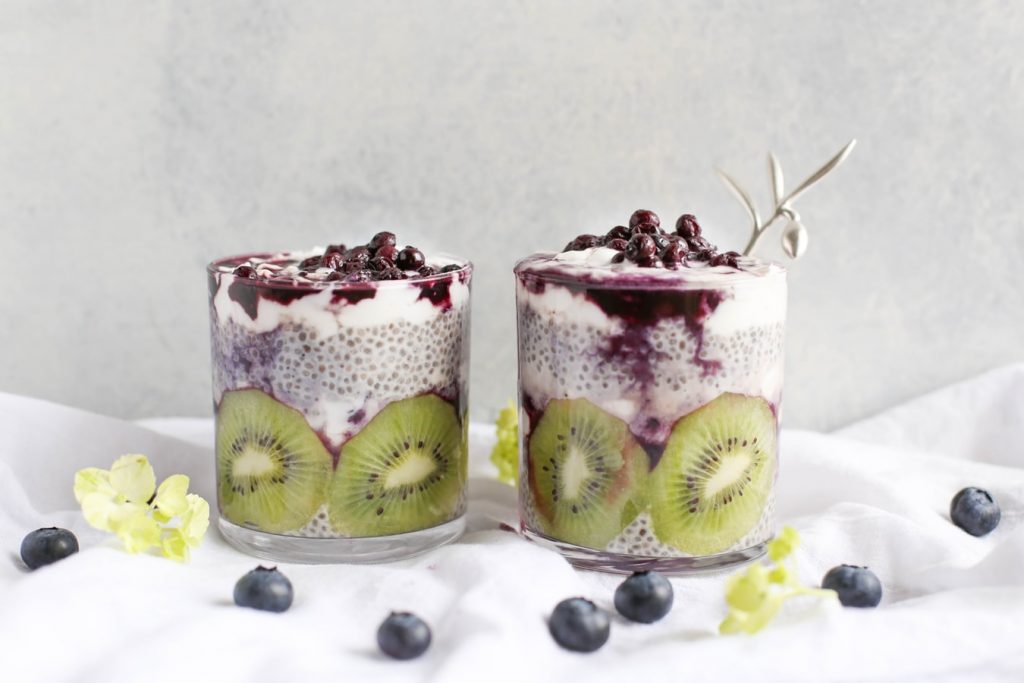
The following list of seeds contains omega-3 fatty acids which fight inflammation. They also contain significant amounts of magnesium, which may help prevent blood vessel spasms. Medical research continues to explore blood vessel spasms due to constricted blood vessels as a possible migraine trigger.
- Poppy seeds
- Sesame seeds
- Pumpkin seeds
- Sunflower seeds (without natural flavors)
- Chia seeds
6. Whole grains
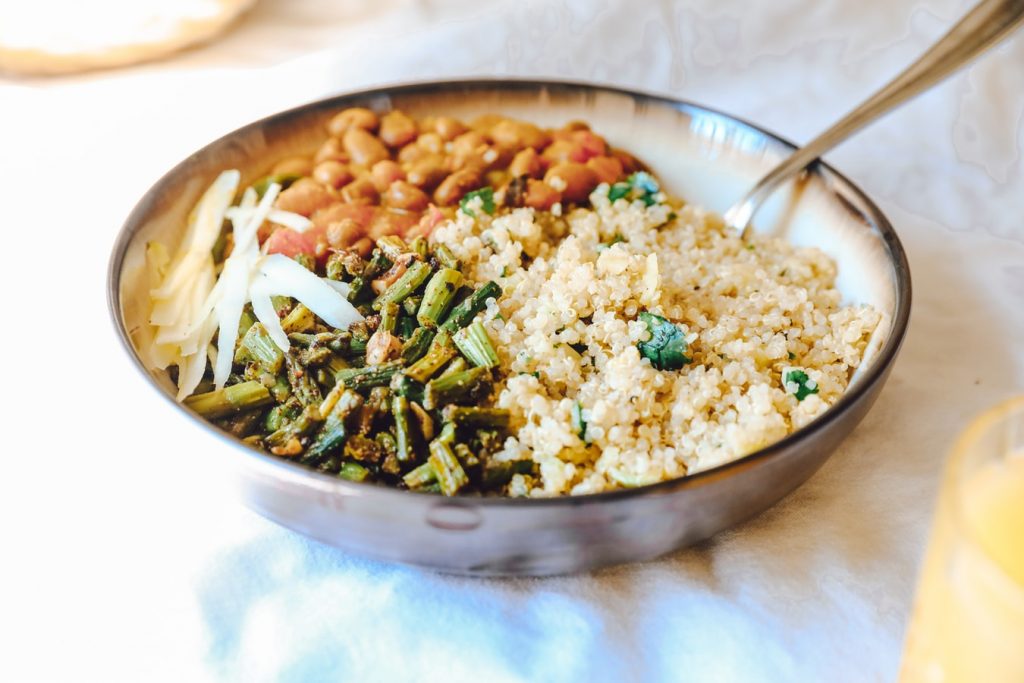
Whole grains contain complex carbohydrates, and they work to increase glycogen stores in the brain. They help relieve headache pain because low blood sugar (hypoglycemia) can trigger headaches. One study found a correlation between iron deficiency anemia and migraines in women. (PMID: 31649807) Whole grains provide a wealth of nutrients that include vitamin E, B vitamins, iron, coenzyme Q10, magnesium, and fiber.
- Quinoa
- Barley
- Buckwheat
- Bulgur
- Whole oats
- Whole grain bread
7. Legumes
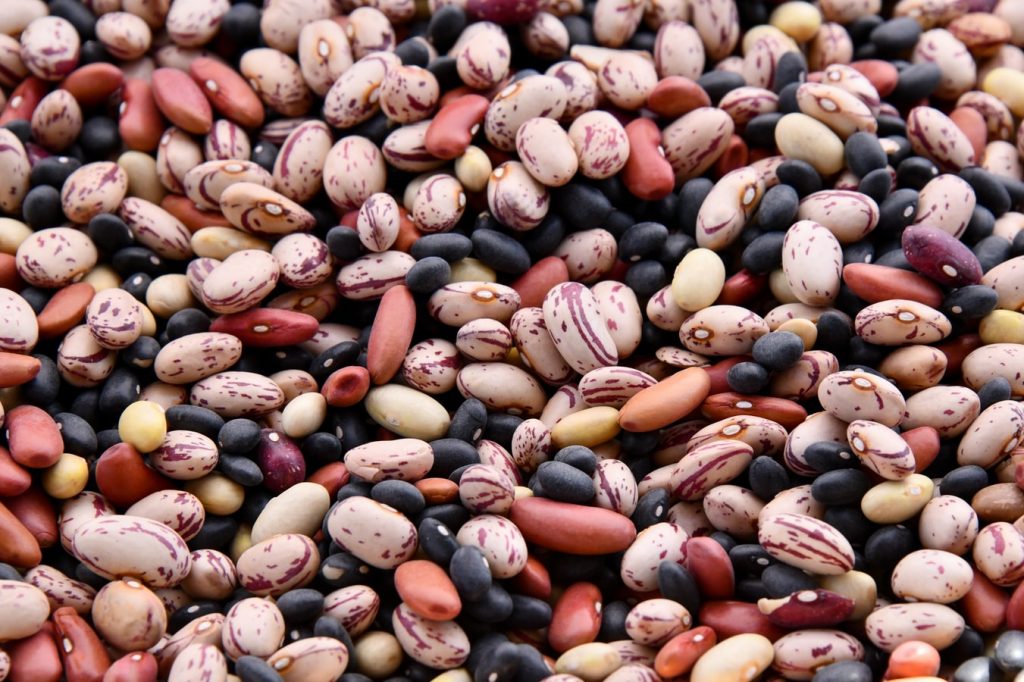
Legumes contain protein and fiber that help maintain blood sugar levels and magnesium and potassium to relieve blood vessel constrictions. Legumes also supply coenzyme Q10, which may, per a study, reduce the number of days a migraine lasts. All of these nutrients can help relieve headache pain.
- Lentils
- Beans
- Peas
- Soybeans
- Chickpeas
8. Hot peppers
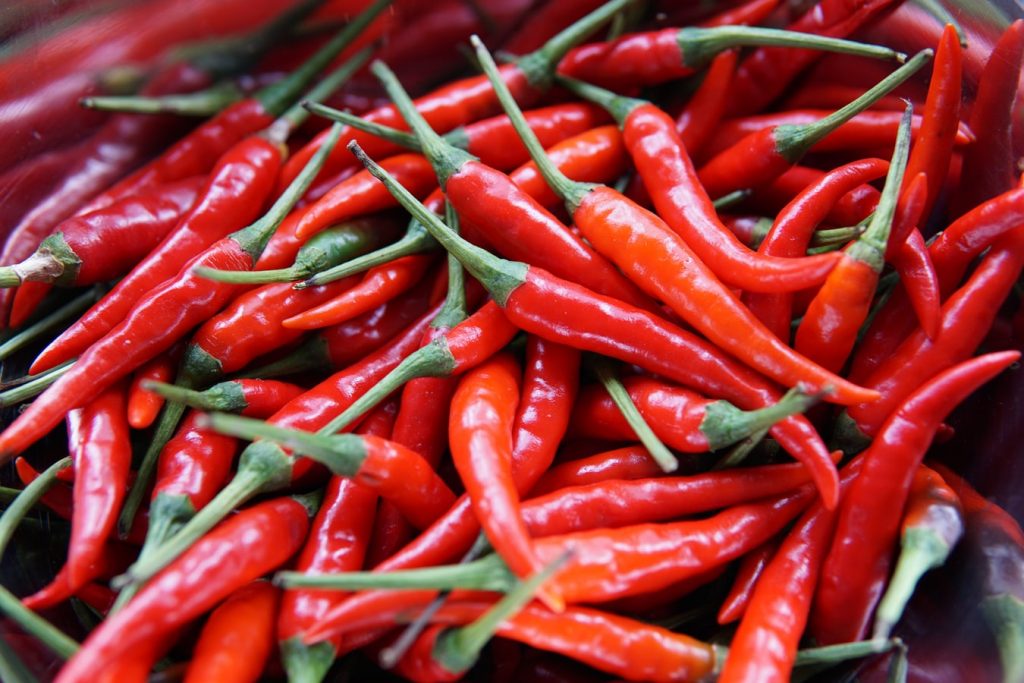
Hot peppers contain capsaicin, which numbs the brain’s trigeminal nerve and inhibits the neurotransmitter responsible for causing migraine pain. They may also relieve cluster, tension, and other headaches. Besides, eating hot peppers can help open up clogged sinuses, causing a sinus headache. Hot peppers also contain vitamins C, A, B, and E.
- Jalapenos
- Habaneros
- Cayenne
- Anaheim
9. Small amount of coffee or tea
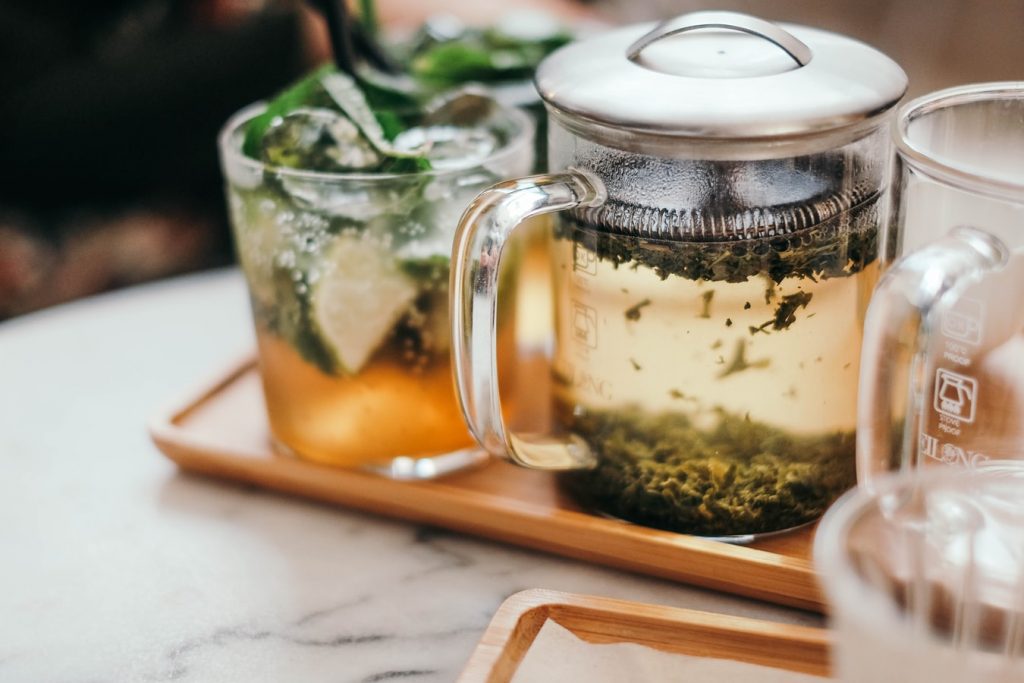
One or two cups of coffee or tea each day may provide headache relief, especially if it is a headache triggered by a lack of caffeine. Caffeine can decrease the size of blood vessels, enabling better blood flow. The key is to find a balance and not consume too much caffeine. Too much caffeine can trigger a headache.
10. Ginger
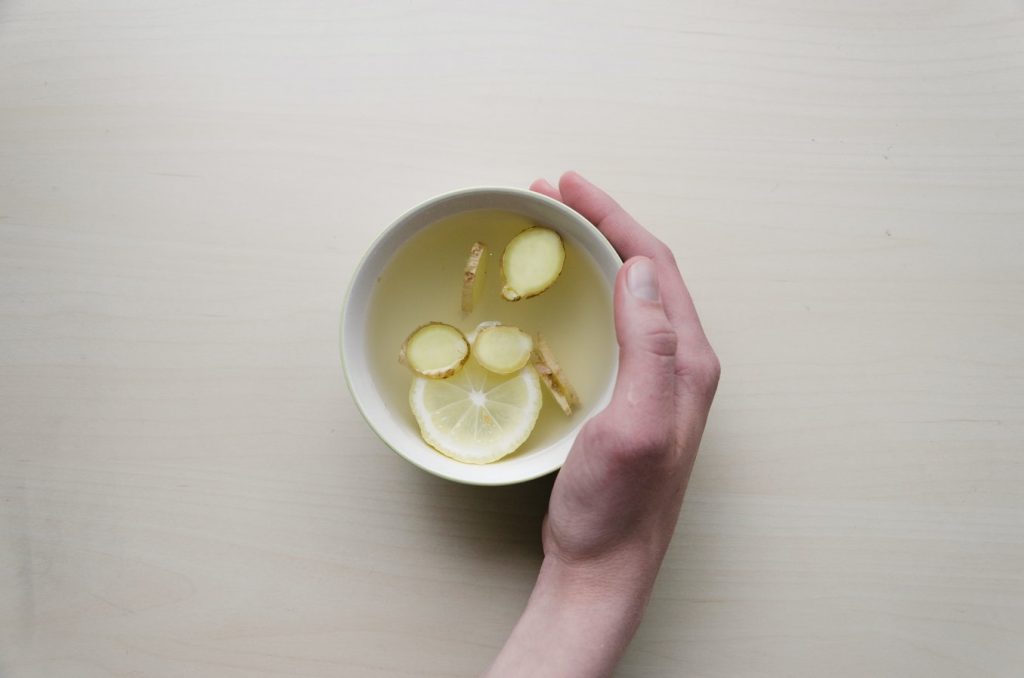
Ginger contains a natural oil with chemical compounds important to helping headache sufferers find relief. It increases the chemical messenger serotonin, and that reduces inflammation. A medical research study on ginger powder found it significantly decreased headache severity in patients with acute migraines without aura. (PMID: 23657930)
- Ginger spice
- Ginger powder
- Ginger tea
- Ginger supplement
11. Chocolate
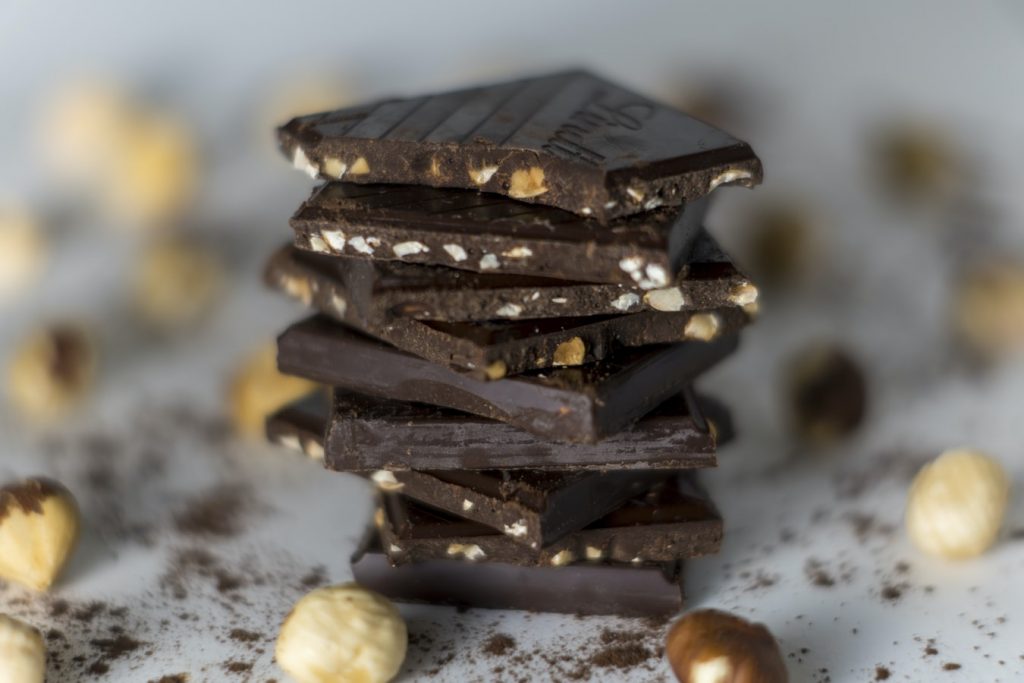
Dark chocolate that is at least 70 percent cacao contains a high amount of magnesium and riboflavin. Both nutrients help manage migraines by assisting with the relaxation of blood vessels.
A medical study also found that people who intake a higher amount of tryptophan (a serotonin precursor) daily reduced their odds of developing a migraine by 54-60 percent. Chocolate contains tryptophan and serotonin. (PMID: 32110888)
Is there food to cure migraine headaches? The general recommendation by the Physicians Committee for Responsible Medicine is to eat foods that are generally known to not contribute to headaches in most people. A simple diet during the headache period can often bring relief.
- Brown rice
- Well-cooked green, orange and yellow vegetables, i.e. squash, carrots, spinach, etc.
- Dried or cooked non-citrus fruits, like cherries and cranberries
Eliminating the Food and Drink Culprits
Since each person is different as to which foods and drinks cause and relieve headaches, it takes giving the special diet attention to determine what triggers headaches and what helps headache pain. It may be possible to link certain foods to your headaches, so you can eliminate them from the diet, or to link them to headache relief and add them to the diet.
Developing a healthy lifestyle is also crucial to headache management. You should not rely only on medications for relief. Many headaches are caused by stress and tension, so address the stress factors in your life. Eat a healthy, well-balanced diet. Limit alcohol intake. Do not skip meals. Drink lots of water every day. Get regular good sleep. Exercise regularly. These are behaviors that anyone can control and will go a long way towards preventing headaches and/or minimizing headache pain.
Source: sapnamed.com


2 Responses
Wonderful…
Wow!
Gained a lot..